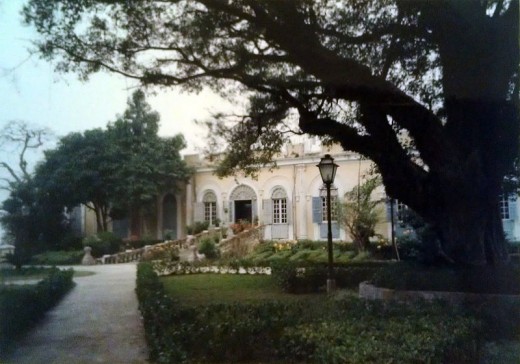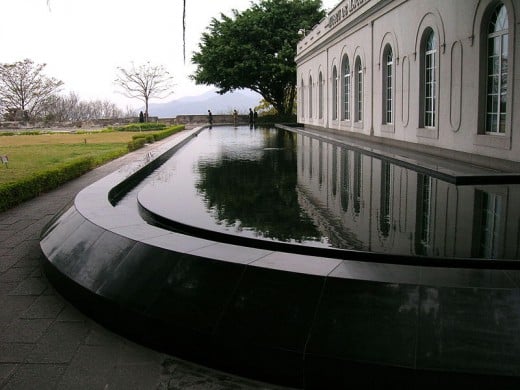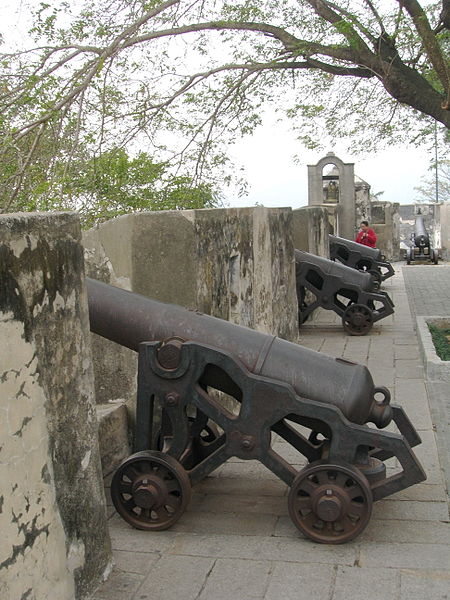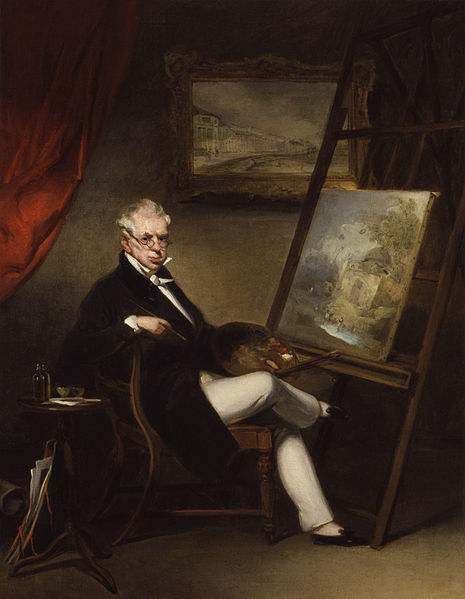Museum of Macau: A Must See Visiting China

China Seaport
Macau is one of China's most prosperous seaports. Many luxury hotels and casinos produce revenue for the region, but visitors might not know the European influence in the province. The Museum of Macau is a self-guided tour that shows visitors how the Portuguese came to the seaport in the early 1600s. The museum is ideal because it is not too far from the casinos and located in Mount Fortress.
The construction of the fortress happened in the 1600s under the watchful eye of the Jesuits, and it became the city's first military defense for approximately three centuries.
The defense base transformed into the Meteorological Service in 1965 but is no longer used as such and is part of the Historic Centre of Macau.
The Centre includes twenty historical locations in the region.
Each location depicts the contrasting cultures of Macau - Portuguese and Chinese. Out of the twenty places, the fortress is undoubtedly one of the most significant aspects of the historical monuments in the Centre because of its western design.

Three Levels to Explore
The museum involves two underground floors, with a third section located on the uppermost level of the Fortress, where the Meteorological Service functioned for some time.
The architectural nature of the building and its unique arrangement prominently preserved, maintained and promised to protect the history of its people. The museum acquired a tremendous number of historical and cultural significance objects, showing the way of life in the ancient city.
Beginning of Macau
The beginning of Macau begins on the first floor of the museum. A simple presentation shows how the European and Chinese civilizations developed before they ever intermingled.
Upon the arrival of Jorge Alvares from Portugal in 1513 at Pearl River Delta in 1513, the cultures experienced a period of magnificent growth and flourishing. The museum focuses on this period filled with attacks, trade, and cultural interrelationships. Each aspect evolved through centuries, forming the Macau culture today - unique people, unlike any other place on Earth.

Museum Shares Art and Tradition
The museum displays Macau culture as if you are part of their region. Arriving on the second floor, I took my time with my companion, and we viewed beautiful art pieces and learned about the customs of the area. We became mesmerized by ancient art, showing everyday life scenes, festivals, rites, rituals, and dalliances.
The two cultures interrelate as the west meets east, showing compliance to live with one another. We marveled at the relationship between the two cultures. Each culture relied on one another to assist in their survival. Together they created a specific way of life that belonged only to them.
Poets in Macau
On the third floor dedicated to today's Macau, I learned about the nature and quality of the people. I discovered Luis de Camoes, a well-known 16th century Portugal poet who lived in Macau. Macau celebrates the day of his passing every year. I was fortunate to find out Camoes was a prolific writer similar to Shakespeare and Homer. He is considered the poet of the city of Macau.
In 1893, another well-known poet from Portugal traveled to Macau to teach at a local school and influence the city's government. Camilo Pessanha was considered an eccentric but still played a big part in bringing education to the region.
Both these men were a tremendous influence in the region. The museum offers much insight into the poets' overall impact.
Finally, the museum presented the challenges and hardships as Macau changed to the People's Republic of China - no longer an independent Portugal-ruled region.
George Chinnery
The Museum of Macau hosts temporary exhibits on the third floor, which run for two to three months. A popular display presented the famous English painter George Chinnery (1774 – 1852), whose paintings represent Macau’s 19th century. Notably is his drawing of St. Paul as one of the few recorded church images before the fire gutted the magnificent building.

Western Artist
Revered as the western artist who influenced India and Southern China in the 19th century the most, Chinnery arrived in Macau in his early sixties and stayed until his death. His vivid and lively sketches of local street life behold a cherished look at the precious historical records to study the region’s history.
Today, anyone who knows the paintings of Chinnery can take a walk through the old town and recognize historical places that where he painted his favorite subjects.
Although the museum held an exhibition that presented 150 Chinnery’s oil paintings, watercolors, drawings, and sketches, the museum shows the painter's work as an ongoing display. The display is much less than 150 pieces but is still worth the look and appreciation of his depiction of the vibrant social life in the early 19th century of Macau.
Museum of Macau Entrance Fee and Hours
Taking a morning or early afternoon visit to the Museum of Macau is an ideal way to spend some time during your stay at any of the luxury hotels in Macau.
The concierge of each hotel arranges transportation to the museum. You can reach the museum by telephone: (853)28357911, and the hours are Tuesday-Sunday 10:00 a.m.-6:00 p.m., closed on Monday. The admission prices are Mop 15.00 for adults, Mop 8.00 for children under 11, senior citizens over 60 and students with free entry on the 15th of each month.
After your tour of The Museum Macau, you can visit the Museum café situated at the Museum entrance. The museum bar is at the Fortress Main Gate entrance. Souvenirs, books, postcards, and other items are available from the Museum shop. Guided Tours delivered in Cantonese, Portuguese, Mandarin, and English can bring authenticity to its history and locale. For group tours, you need advanced reservations. Call (853) 83941205 for English and Portuguese or (853) 83941231/217 for Cantonese and Mandarin.
References
- Macau: A Cultural Janus - Christina Miu Bing Cheng - Google Books
Macau, nurtured by the sharply contrasting legacies of China and Portugal, this unique city melds cultural differences. - The Sanitization of Colonial History of Macau
The Portuguese founded Macau in the mid-sixteenth century. The centuries of colonial rule that preceded its recent return to China gave it a distinctive character unique in China.
© 2018 Kenna McHugh








